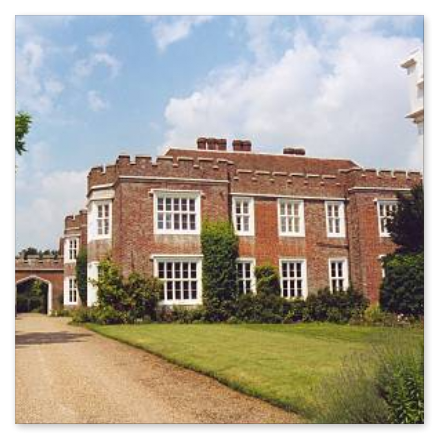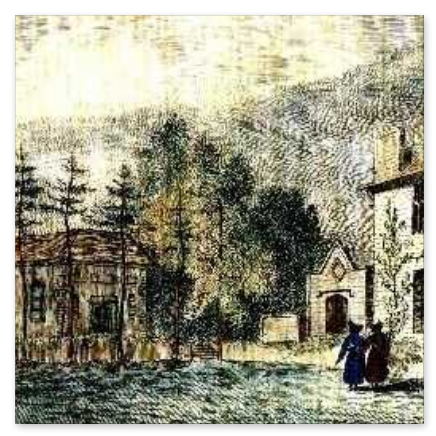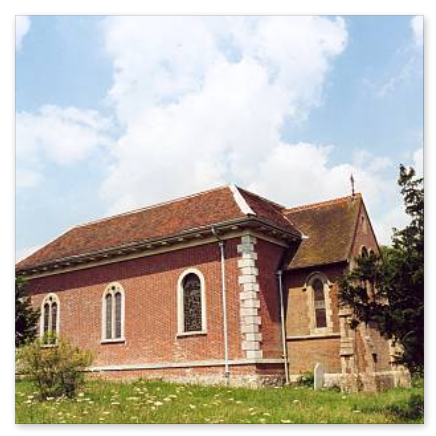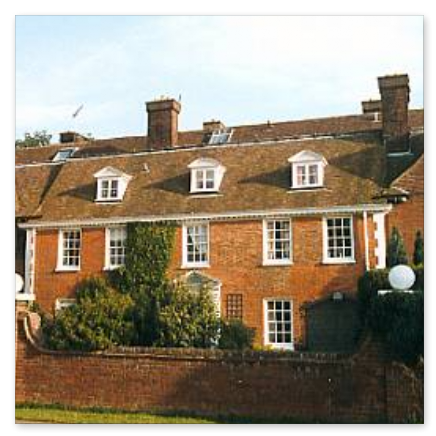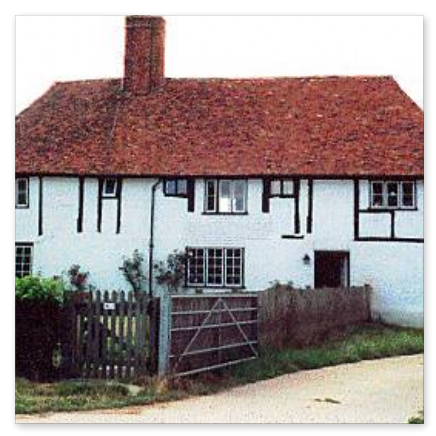Otterden's Past
The rural parish of Otterden can trace its history back to the Norman Conquest when it appears in The Domesday Book as Ottringdene.
Otterden Manor and Otterden Place
With the Norman Conquest, Otterden Manor formed part of the estates owned by Odo, Bishop of Bayeux, the half brother of William the Conqueror, who fought with William at Hastings. Upon the disgrace of Odo of Bayeux, the property was confiscated by the crown and the manor fell into the hands of a family which assumed its name.
History records a number of other owners:
- Ralph de Ottringden in the reign of Henry III (1216-1272);
- his grandson, Sir Laurence, during the time of Edward II (1307-1327);
- Sir Laurence's only daughter and heir, who conveyed it in marriage to the Peyforers family;
- a family called Potyn (who acquired it from the Peyforers) and one of whom, Nicholas, owned during the reign of Richard II (1377-1399);
- Nicholas Potyn's only daughter, Juliana, who married Thomas Leger, second son of Sir Ralph of Ulcomb. Leger lived at Otterden where he was sheriff. He died in 1410 and was buried in Otterden Church near the high altar.
It was in the grounds of Otterden Place that Dr Stephen Gray and the Reverend Granville Wheler are said to have carried out very early experiments on electricity around 1729. They successfully fed electrical current from a rubbed glass a distance of just over 860 feet along a string supported on silk threads.
Today's Otterden Place is a brick Tudor manor house, largely rebuilt in the 18th century. The present Church of St Lawrence, in the grounds of Otterden Place, dates from 1753.
Following the death of its owner Mr Granville Wheler in May 2004, the surrounding Otterden Estate is due to form part of a new charitable trust, the Wheler Foundation.
For more on Otterden Manor CLICK HERE
For more on the Wheler Foundation CLICK HERE
Hall Place
Hall Place, in the south-east part of Otterden parish was once a significant manor. However, by the time of Henry VII (1485-1509), it was no longer a manor and had become the property of a Mr Locke who, in turn, sold it to a John Bunce.
Bunce's eldest son, Simon, became his heir. He died in 1611 leaving it to Anne, his only daughter.
Bunce Court
Originally known as "Pollards", Bunce Court is just under a mile to the south of Otterden Place.
In the 17th century, it was owned by the Bunce family and so acquired the title of Bunce Court.
Subsequent owners include London merchant and Member of Parliament James Bunce and his son (also James Bunce) who was a Sheriff of London under Charles I, imprisoned in the Tower of London by Cromwell and later rewarded for his loyalty to the crown with a knighthood by Charles II.
Perhaps among the more interesting owners in the recent past was Miss Anna Essinger, a pioneering educationalist, who in 1933 fled from Hitler's Germany and established a refuge and school at Bunce Court for the many Jewish children sent there by their anxious German parents.
From the 1960s, Bunce Court served as an old people's home and, in the early 1980s, the main house was sold and converted into four separate properties.
Snoad Farmhouse
The existing farmhouse at Snoad Farm is believed to date from the 16th century. It features several old wall paintings, two being Coats of Arms for the Royal Stuarts. Some experts consider these may indicate that the property once served as a Royalist 'safe house'.
Snoad Farm's name is thought to be an ancient reference to a property or place on the edge of a large land holding or manor. Other definitions suggest it is derived from the Old English "snad", a detached piece of land.
